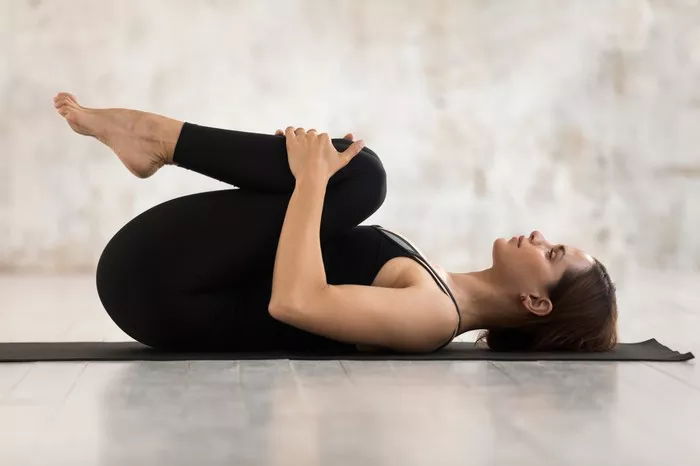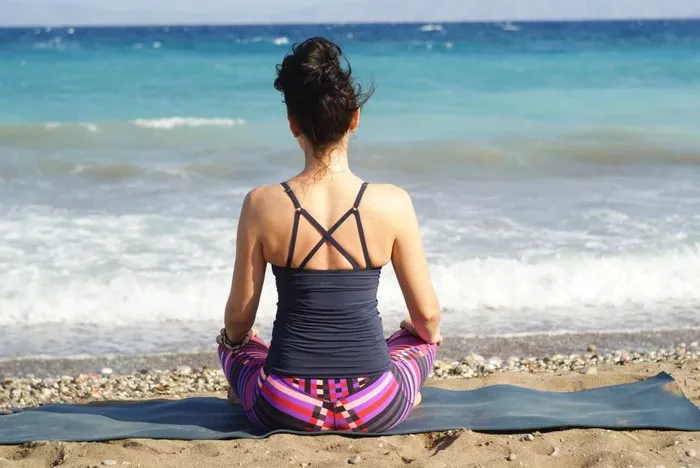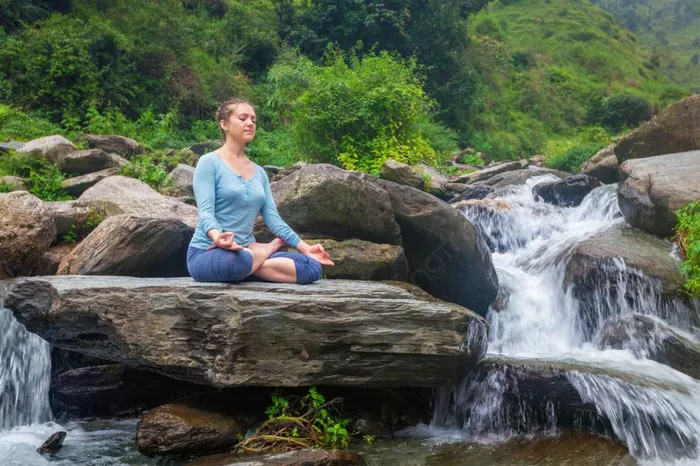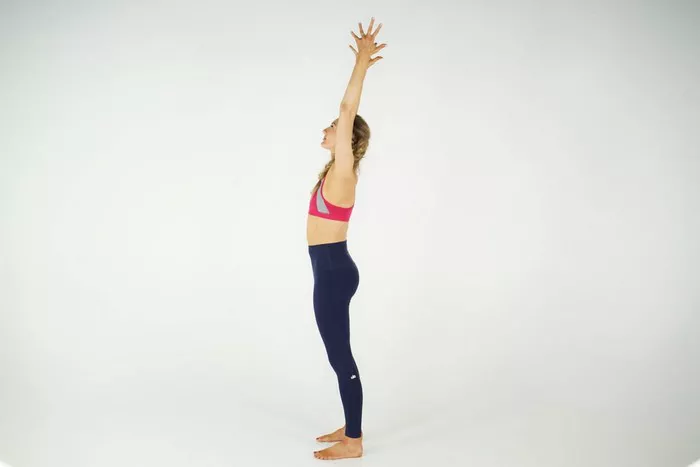Natarajasana, also known as Lord of the Dance Pose, is a graceful and challenging yoga asana that requires strength, flexibility, balance, and focus. Named after Nataraja, the dancing form of the Hindu god Shiva, this pose symbolizes fluidity, poise, and inner transformation. Many yoga practitioners admire its elegant appearance, but they often wonder: Is Natarajasana difficult?
The answer depends on various factors, including a person’s flexibility, balance, strength, and level of yoga practice. For beginners, this pose may seem quite challenging, but with regular practice and the right techniques, it can become more accessible. This article will explore the different aspects of Natarajasana, including its difficulty level, benefits, preparatory poses, common mistakes, and tips for mastering it.
Understanding the Challenge of Natarajasana
1. Balance Requirement
One of the primary challenges of Natarajasana is maintaining balance on one leg. Since this is a standing backbend, it requires stability in the supporting foot, ankle, and core. Many practitioners struggle with keeping their balance, especially if they are new to standing poses or have weak core engagement.
2. Flexibility Factor
This pose involves a deep backbend and a strong stretch in the shoulders, chest, and quadriceps. If a practitioner has tight shoulders, hip flexors, or quadriceps, they may find it difficult to lift and hold the raised leg. Limited flexibility can make it hard to achieve the proper alignment and depth in the pose.
3. Strength and Endurance
Natarajasana requires strength in the standing leg, glutes, core, and back muscles to maintain stability and avoid collapsing into the pose. The lifted leg also needs engagement to prevent strain on the knee and hip. Holding the pose for an extended period demands endurance and muscular control.
4. Mind-Body Coordination
Since this pose combines multiple elements—balance, strength, flexibility, and focus—it requires a high level of body awareness and mental concentration. Even if a practitioner has the physical ability, distractions or lack of focus can cause them to lose balance and fall out of the pose.
Preparatory Poses for Natarajasana
To make Natarajasana more accessible, it is important to prepare the body with poses that build strength, flexibility, and balance. Here are some key preparatory poses:
1. Standing Poses for Balance
- Tree Pose (Vrksasana): Helps develop balance and focus while strengthening the standing leg.
- Warrior III (Virabhadrasana III): Strengthens the legs and core while improving coordination.
2. Backbends for Flexibility
- Cobra Pose (Bhujangasana): Opens the chest and strengthens the spine.
- Bow Pose (Dhanurasana): Stretches the shoulders, chest, and thighs, similar to Natarajasana.
- Camel Pose (Ustrasana): Deepens back flexibility and strengthens the core.
3. Leg and Hip Openers
- Low Lunge (Anjaneyasana): Stretches the hip flexors and quadriceps, which are essential for lifting the back leg.
- Dancer’s Prep Pose (Ardha Natarajasana): A modified version of the full pose that helps improve flexibility and balance gradually.
Step-by-Step Guide to Natarajasana
To perform Natarajasana correctly, follow these steps:
- Begin in Tadasana (Mountain Pose): Stand tall with feet hip-width apart and arms relaxed by your sides. Engage your core and focus on a fixed point in front of you.
- Shift your weight onto the right foot: Bend your left knee and bring the heel toward your glutes.
- Grab the inside of your left foot: Reach back with your left hand and hold the ankle or foot. Keep your thighs close together.
- Engage your core and find balance: Press firmly into the standing foot and lengthen your spine.
- Lift your left leg higher and push back: As you kick your foot into your hand, allow the chest to open and the back to arch slightly.
- Extend the right arm forward: Reach your right arm forward, keeping it parallel to the ground for balance.
- Hold the pose for 5–10 breaths: Maintain deep, steady breathing while keeping your gaze fixed.
- Release gently: Lower your raised leg slowly and return to Mountain Pose. Repeat on the other side.
Common Mistakes and How to Avoid Them
Even experienced practitioners may struggle with certain mistakes in Natarajasana. Here are some common errors and how to fix them:
1. Collapsing into the Lower Back
Mistake: Overarching the lower back without engaging the core, leading to discomfort or strain.
Fix: Engage your core muscles to protect the lower back and maintain stability.
2. Losing Balance Easily
Mistake: Not grounding the standing foot properly, leading to wobbling.
Fix: Press firmly into all four corners of the standing foot and engage the leg muscles for stability.
3. Gripping the Raised Foot Incorrectly
Mistake: Holding the foot from the outside instead of the inside, causing misalignment.
Fix: Hold the inside of the foot to allow a better shoulder rotation and a deeper backbend.
4. Forgetting to Breathe
Mistake: Holding the breath, which causes tension and instability.
Fix: Breathe smoothly and deeply to maintain relaxation and focus.
Modifications and Variations
If Natarajasana feels too challenging, try these modifications:
- Use a Wall or Chair for Support – Hold onto a wall or chair to assist with balance while practicing the leg lift.
- Use a Yoga Strap – If you have limited flexibility, loop a yoga strap around the foot and hold onto it instead of grabbing the ankle directly.
- Practice a Half Version – Instead of lifting the leg high, keep it lower and gradually work on increasing flexibility.
For advanced practitioners, variations include:
- Holding the Foot with Both Hands – Deepens the stretch and increases the challenge.
- Full Natarajasana (Advanced) – Lifting the foot higher until it aligns with the head, forming a deeper backbend.
Benefits of Natarajasana
Despite its challenges, Natarajasana offers numerous physical and mental benefits:
- Enhances balance and coordination
- Strengthens the legs, core, and back muscles
- Improves flexibility in the spine, shoulders, and hips
- Opens the heart and chest, promoting better posture
- Boosts concentration and mental focus
- Encourages grace, poise, and self-confidence
Conclusion
So, is Natarajasana difficult? The answer depends on individual flexibility, balance, and strength. For beginners, it may feel challenging, but with proper preparation and consistent practice, it becomes more accessible over time. The key is patience, breath control, and body awareness. Whether you are a beginner or an advanced yogi, Natarajasana is a rewarding pose that embodies strength, grace, and inner focus. Keep practicing, and enjoy the journey of mastering this beautiful asana!
Related Topics:




















